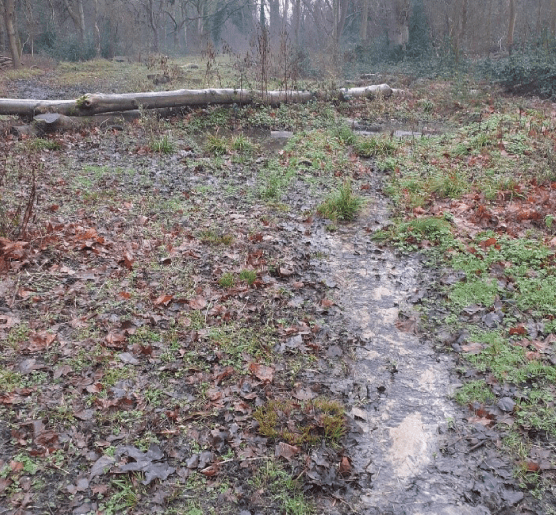Suggestions
Grounds Maintenance, Landscape Creation, Arboriculture, Sports Surfacing, Parks management, IOS Managing Safely Training, Ecology & Biodiversity, Grass cutting, Horticulture, Street Cleaning, Soft Landscaping, Hard Landscaping
Our Services
idverde provides a wide range of green services, including grounds maintenance, landscape creation, and advice services, to both private and public sectors across the UK.
Scadbury Wet Meadow, Scadbury Park
Each year, World Wetlands Day takes place on the 2nd of February. The day aims to raise global awareness about the importance of wetlands to the planet.
More projects for The London Borough of BromleySince the 1700’s, 90% of the world’s wetlands have been degraded and we are losing wetlands three times faster than forests. Losing wetlands would be devastating to the planet, as they contribute to biodiversity, climate mitigation and adaptation, freshwater availability, world economies and more.
As part of our commitment to the planet, we have worked on numerous projects to help restore and protect wetlands throughout the UK. One of these projects is Scadbury Park, which is a 140-hectare site in Bromley comprising farmland, meadows, and ancient semi-natural woodland. Additionally, the site has 13 ponds and is home to a significant population of Great Crested Newt, a protected species.
A stream runs through the woods connecting some of these ponds and historical records and old management plans indicated that some heavily wooded areas of the stream bed were previously established ‘wet meadow’ areas and open to grazing.
Over the past five years, this part of the stream bed has been cleared of trees and opened up. Where once the area was bare of ground flora underneath a canopy of short sycamore and ash trees, it has now returned to its previous habitat. Sedges and rushes, traditional wetland species, have begun to dominate and various other species such as wood spurge, water mint and helleborine orchid have already been recorded. A significant number of Great Crested Newt have been noted under felled log piles in the meadow and the area has also shown evidence of grazing by roe and muntjac deer.
This habitat is in the process of being expanded, with further felling to open the area up occurring this winter and a cutting regime in place to clear the meadow every autumn to stop scrub encroaching. Two shallow, temporal pond scrapes have also been created by the local volunteer group. These are being monitored for amphibians and it is hoped that it might be feasible to convert these into larger ponds as part of future management works.

The wet meadow forms part of a larger wetland complex within the woods, with a section of the stream bank having been thinned of trees this winter to open it up and admit more light. Ash, Sycamore and Holly have been removed in favour of wet woodland tree species like Alder, which have also been coppiced in places. A pond upstream was desilted and reprofiled last winter after infilling to the point that it did not hold water. This is beginning to show signs of recovery, with wetland flora colonising. It will be monitored this spring for amphibians. It is also envisaged that a larger heavily silted pond along the stream will be recovered this year.
By creating wet woodland and wet meadow areas, we have helped to re-establish habitats currently under pressure in the UK. This also adds much needed structural diversity to an area of Scadbury Park which is homogenous with many similar age trees. Introducing these habitats provide the opportunity to establish different species assemblies, benefit invertebrates and amphibians and allow for a more robust and healthier site.
Read more about the importance of wetlands here.
